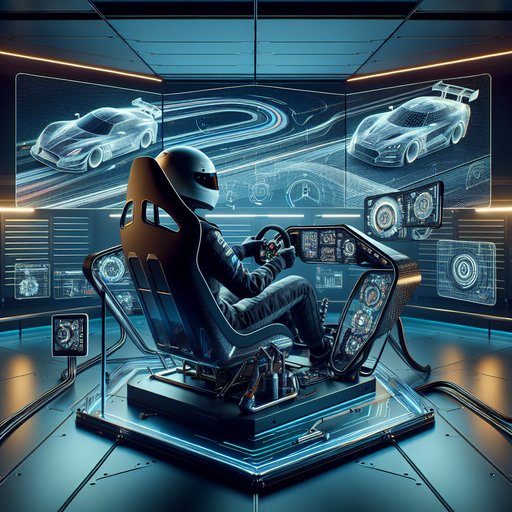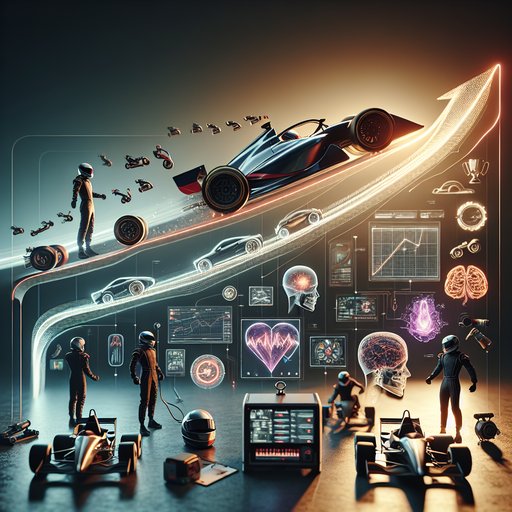
Spa-Francorchamps is more than a venue on the Formula 1 calendar; it is a living archive of how grand prix racing has grown up. Carved through Belgium’s Ardennes forests, the circuit has tested bravery, accelerated safety thinking, and rewarded technical ingenuity for nearly a century. From its fearsome road-course origins to its sophisticated modern incarnation, Spa has remained a place where drivers measure themselves and engineers validate ideas under real stress. Its story threads through motorsport’s most consequential debates—speed versus safety, spectacle versus sustainability—and still produces the kind of racing that reveals who and what is truly fast.

Formula 1 evolves by decree. Each sweeping rewrite of the regulations—whether banning ground effect in the 1980s, outlawing electronic driver aids in the 1990s, ushering in hybrids in 2014, or enforcing cost caps in the 2020s—reshapes the competitive map and the technology beneath it. Teams do not merely comply; they reinterpret, retool, and reorganize, turning constraints into competitive advantage. The history of the sport is best understood through these inflection points, where safety, spectacle, and sustainability demands converge and the fastest thinkers gain a crucial head start.

Formula 1’s relationship with simulation has evolved from spreadsheet lap-time models and shaker rigs into immersive driver‑in‑the‑loop laboratories that reproduce circuits with striking fidelity. With in‑season testing heavily restricted since the late 2000s and power‑unit, aerodynamics, and tyre behavior growing ever more complex, teams turned to simulators to bridge the gap between design intent and track reality. The result is a quiet revolution: drivers learn circuits and procedures without burning a liter of fuel, while engineers iterate setups, aeromaps, and energy deployment strategies days or months before a car turns a wheel. This synergy between human perception and high‑performance computation has reshaped how winning pace is found in modern Grand Prix racing.

Becoming a Formula 1 driver is no longer a tale of raw talent alone; it is a carefully engineered journey that blends karting fundamentals, a structured ladder of single‑seater series, elite simulator work, and cutting‑edge sports science. With in‑season testing tightly restricted, teams rely on virtual development and data‑driven coaching to accelerate learning, while athletes train like endurance sprinters to withstand the forces and heat of a modern Grand Prix. Mental preparation underpins it all, from managing complex car systems to thriving under constant scrutiny. This is the contemporary blueprint that molds young racers into complete competitors ready for motorsport’s highest level.



































































